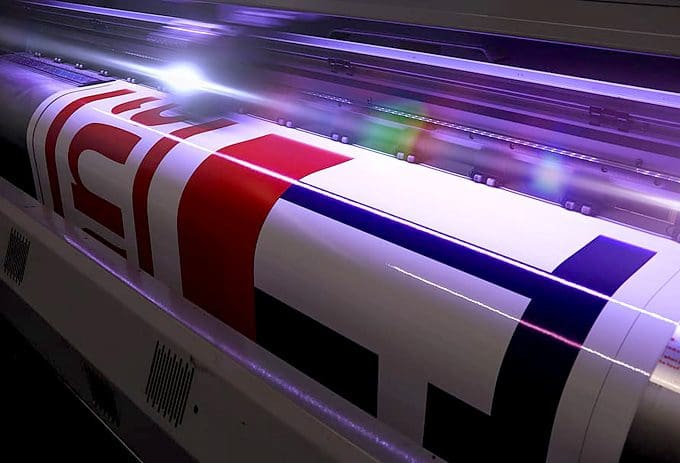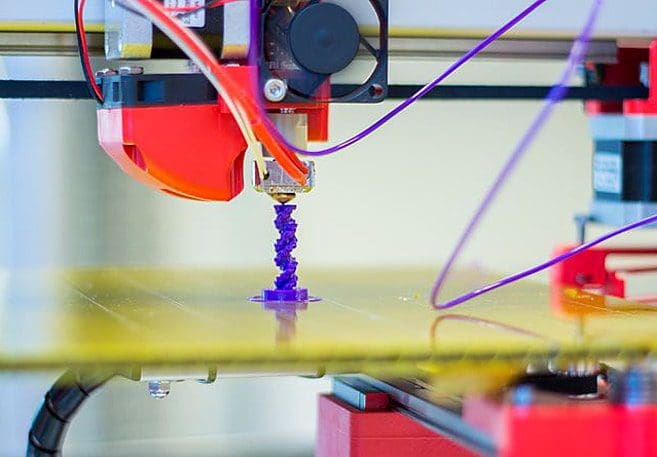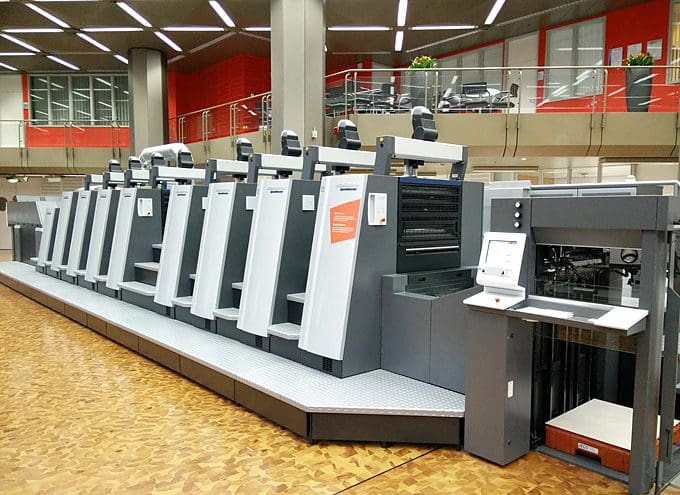words Al Woods
From the humble printing press to 3D printers – this is an industry that has experienced big change. Even in a digital world, printing isn’t dead either. According to Quocirca’s Global Print 2025 study, 64% of businesses said they believe printing will remain important to their daily business even by 2025. So here’s what we can look forward to in the future.
It will become more environmentally friendly
Millions of trees are used for paper and millions of cartridges are sent to landfill each year – but that trend is being reversed. We can anticipate that printing will become much more environmentally friendly in the future to ensure it keeps up with the times. Whether that is only using recycled cartridges and paper or buying high-capacity XL ink cartridges which can last longer efficiency and green concerns will be at the forefront. A modern print shop needs to adapt to these changes by offering sustainable options that cater to eco-conscious consumers. This includes investing in energy-efficient printers and promoting the use of biodegradable or compostable materials whenever possible.
Eco modes will be common in every model and will offer ever-greater eco-friendly performance.
The composition of ink has even been reconsidered to help it last as long as possible too. New formulae have been created to help reduce the ink drying up in the cartridge and it getting wasted. In St Petersburg, FL apparel printing companies are now using eco-friendly printing processes, which means they are less likely to damage the environment. So if you need a large number of t-shirts or garments printed, look for a printing store in St Petersburg that has adopted eco-friendly practices, such as using non-toxic dyes and water-based inks that don’t contain harmful chemicals. This has drastically reduced the amount of pollutants going into our air and waterways.
3D printing will become more advanced
Printing has traditionally been a 2D affair – on paper, card, fabric and plastic. However, in recent times 3D printing has come into the mainstream spotlight. These use materials in place of ink or toner and formulate solid products.
The technology is now even being used to create organs.
- Researchers at the University of Minnesota created a 3D printed prototype bionic eye and in the UK scientists have used stem cells to 3D print human corneas.
- The Netherlands have printed a tooth which can kill bacteria.
- Switzerland has been successful in creating a 3D printed silicone heart.
This is where there is room to grow, however. 3D printed organs will transform medicine and enhance people’s lives. Currently, the silicone heart can only beat up to 3,000 times (the average heart beats 80 times a minute, meaning the 3D printed organ will only last 37.5 minutes). While this is a short time, it’s progress. A foundation has now been set and the future will probably see fully-functioning organs coming off the printer.
Printing will become easier
Printing has already been made pretty easy – you simply fill your printer with printer ink cartridges, press print and you’re good to go. Once upon a time, it was impossible to print a document without your computer being tethered to it by a cable. Now printers have wi-fi capabilities meaning you can click print on your laptop, computer, mobile phone or tablet – regardless of whether you’re connected with a wire or not. Some printers even have the ability to print when you’re not near it. In fact, you could be out shopping and want to send something to the printer for when you get home via a designated email belonging to your printer. In the future, we may see this become the norm on all printers, making the whole process of printing quicker and easier – and taking the current cutting edge functions to the mainstream.
Printing on fabric has also become incredibly easy, and with the popularity of personalized clothing and merchandise, we can expect to see even more convenient ways to print on fabric in the future. Using professional Culture Studio printing services, you can easily create custom designs and logos on various fabric materials, without the need for expensive equipment or extensive knowledge of printing techniques. With advancements in technology and a growing demand for personalized products, we can anticipate that printing on fabric will continue to become more accessible and user-friendly.
AI could be an everyday appearance
Artificial intelligence (AI) can play a huge part in the printing industry. In an office setting, for example, it could help to enhance security – with printed materials being scanned to auto approve entry to buildings or access to a printer restricted to employees with the correct permissions.
An ‘intelligent’ printer can also provide forecasts on when you can expect to run out of ink or toner, or when you may need the printer servicing – and your printer could even order more for you.
Printing has already transformed and evolved so much and as technology also grows, we can expect printing to continue. From the humble printing press to being able to create a heart – printing is not dead yet.












